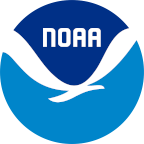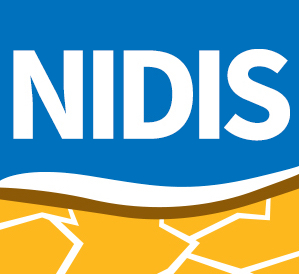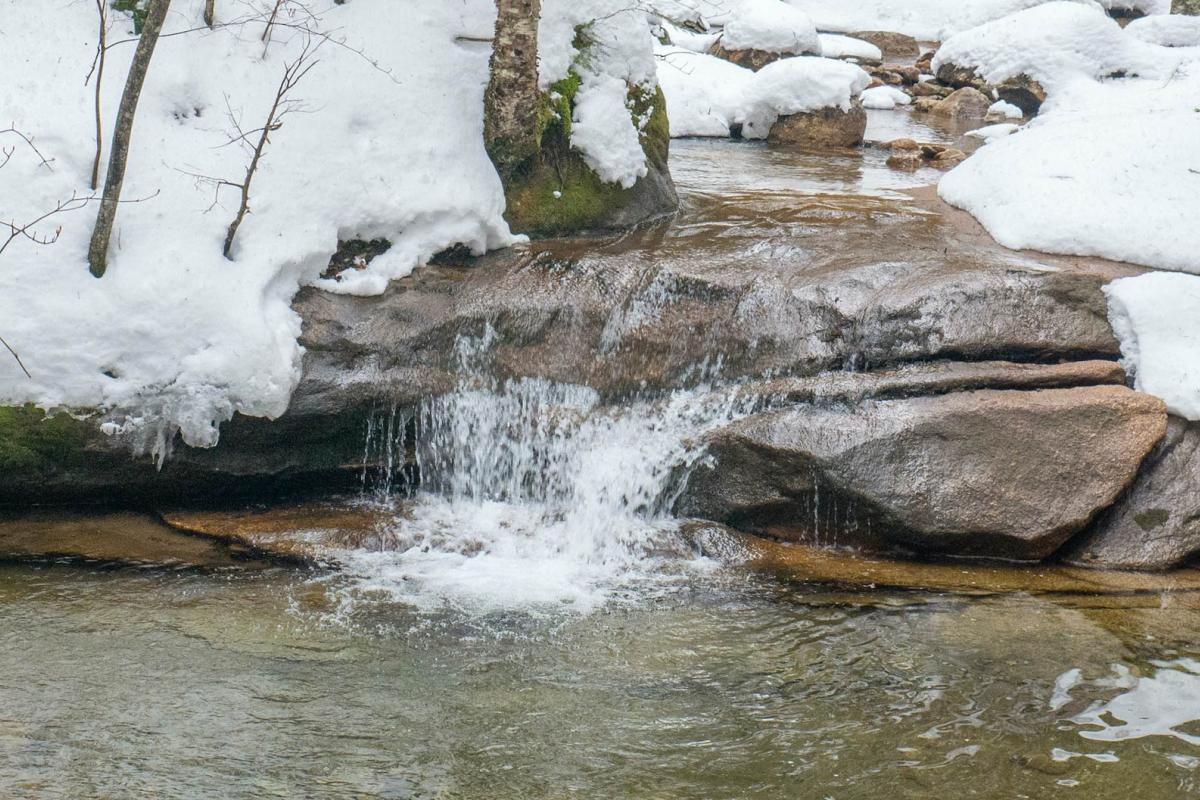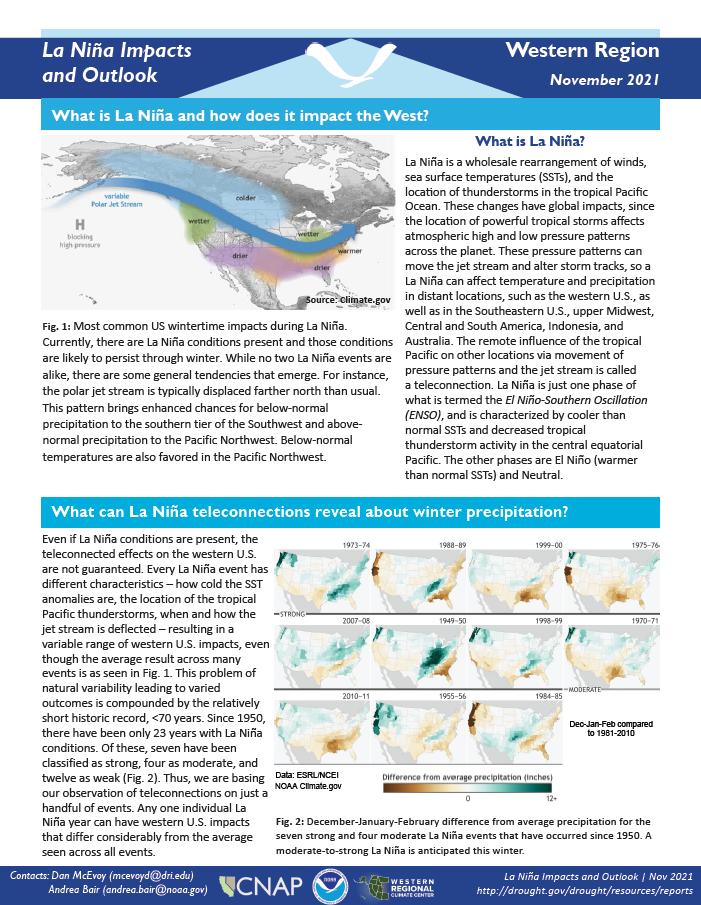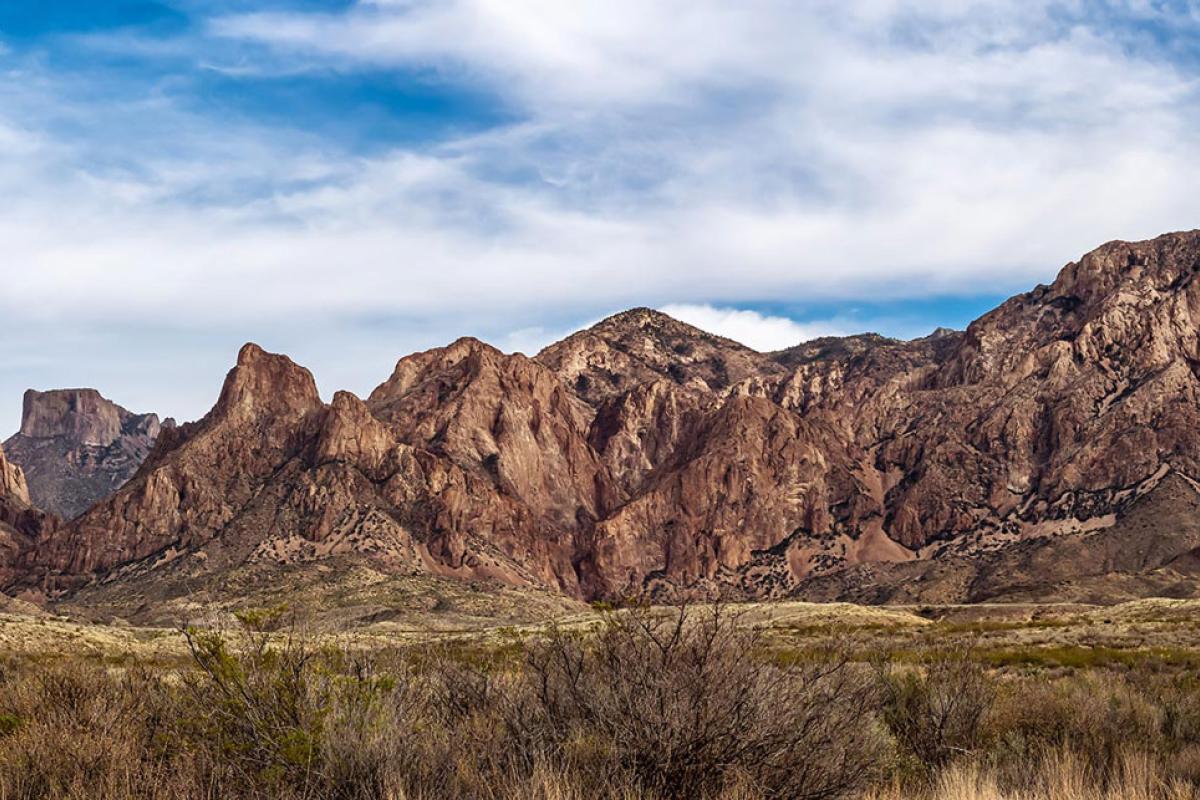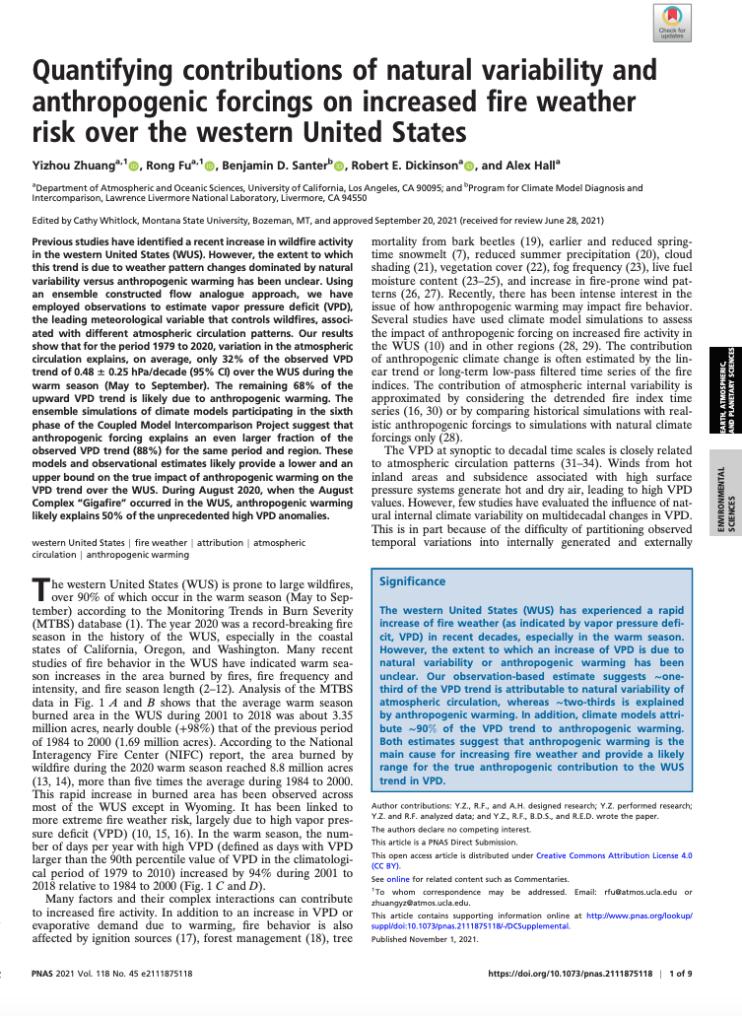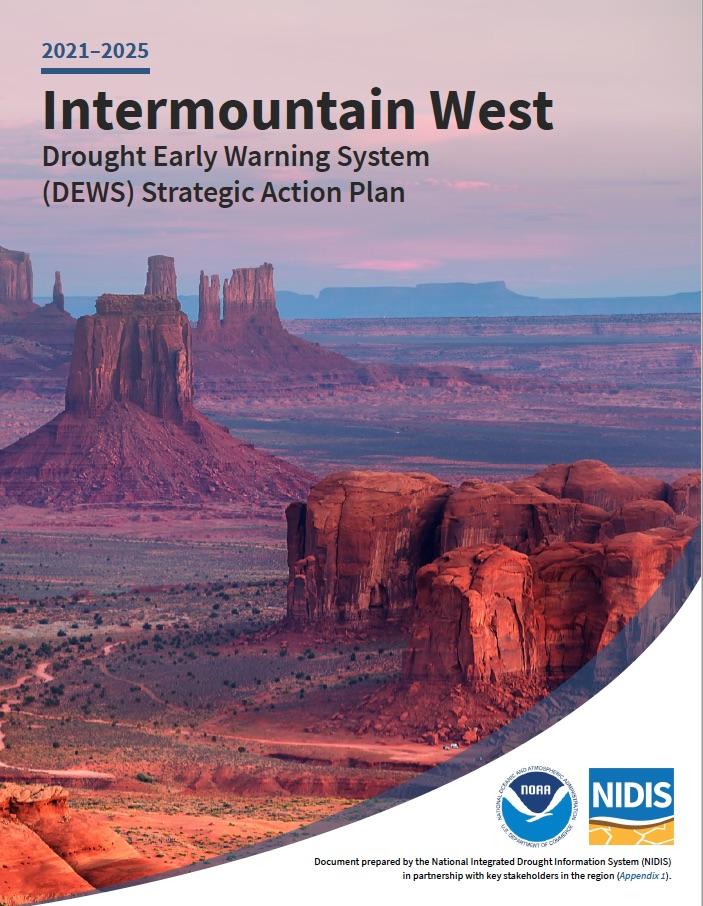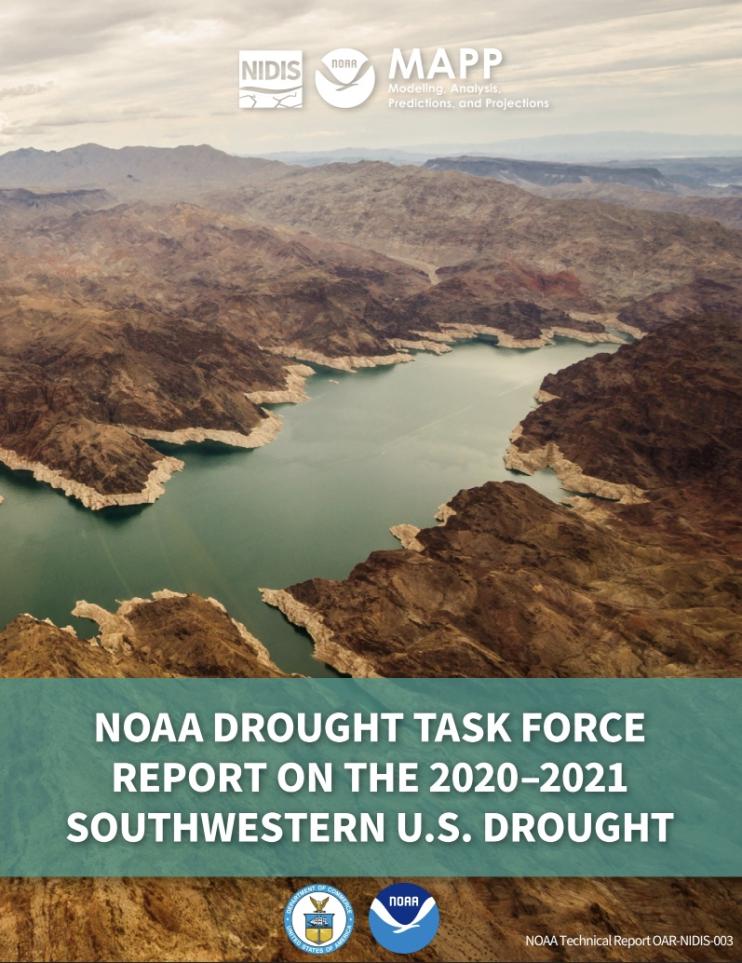The National Weather Service Central Region developed 2021–2022 Winter Hazard Outlooks in coordination with NOAA's National Centers for Environmental Information and National Integrated Drought Information System (NIDIS); U.S. Department of Agriculture; High Plains Regional Climate Center; and National Interagency Fire Center's Geographic Area Coordination Centers. This outlook highlights the various Winter hazards that could occur and potential impacts across the Western U.S.
This summary provides information on the typical La Niña winter pattern; the La Niña outlook; potential impacts; and comparisons of conditions during previous La Niña years for the Western U.S., updated in November 2021.
NOAA’s Regional Climate Services Program created these outlooks to inform the public about climate impacts within their respective regions. Each regional report contains easy-to-understand language, and anyone can access them through the Drought Portal.
This article in the Proceedings of the National Academy of Sciences of the United States of America (PNAS) was the result of NIDIS-supported research. Learn more about this research.
The 2021–2025 Intermountain West Drought Early Warning System (DEWS) Strategic Action Plan was developed following a series of stakeholder meetings held virtually in October and November 2020. Each virtual meeting was focused on one of the following sector needs: Colorado River management and issues; water management (non-Colorado River); farming and cropping; livestock; recreation and tourism; and forestry, ecology, and fire management. Attendees were asked about how drought impacted their lives, their jobs, and their businesses.
Using the state-of-science and the collective expertise of the NOAA Drought Task Force, this report addresses three questions about the period of below normal rain, snow, runoff, and soil moisture, known as the 2020-21 U.S. Southwest drought: (1) How bad is it? (2) What caused it? And (3) When will it end?
